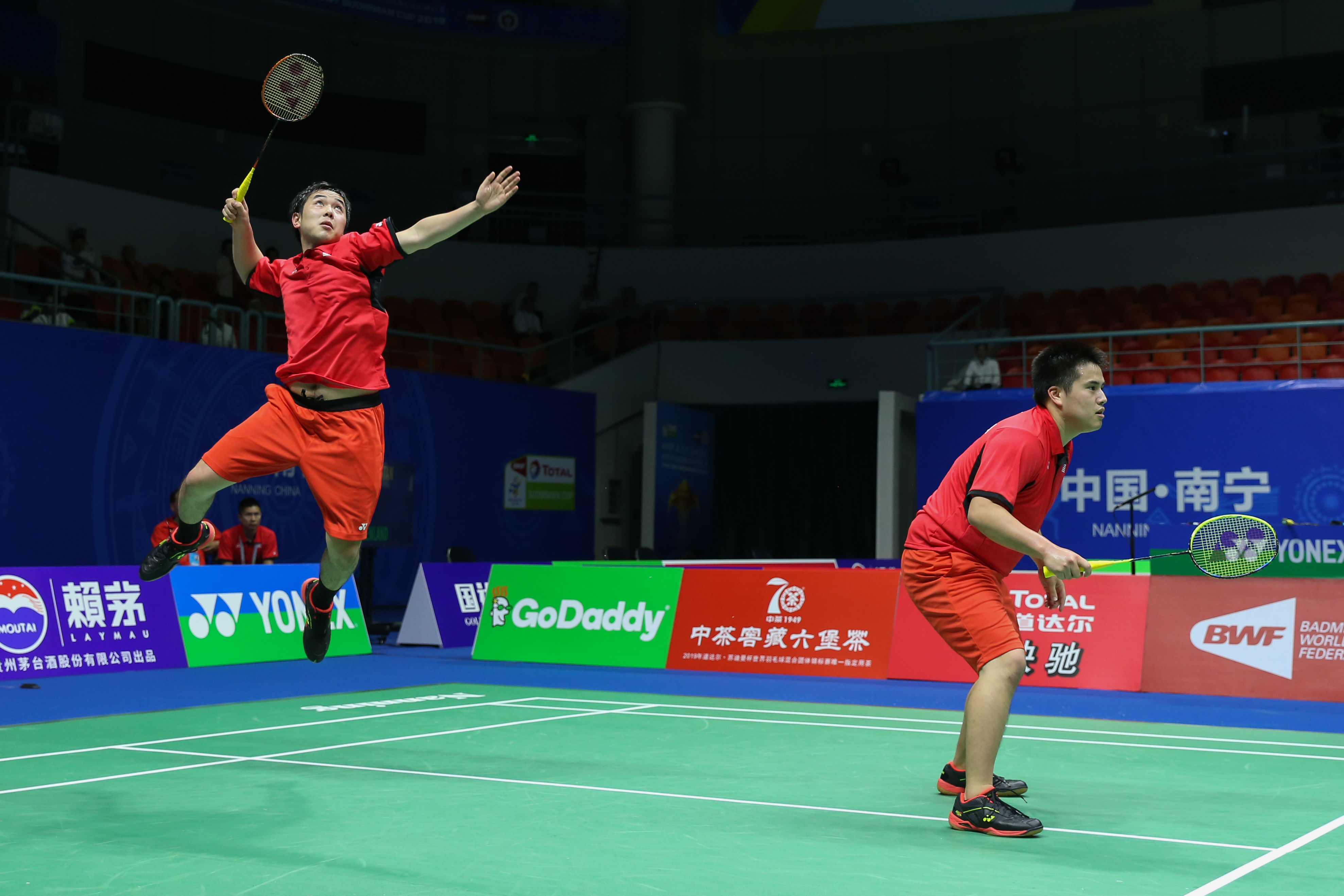Text by BWF
The jump smash is the most spectacular and one of the most elemental shots in badminton, but the biomechanics involved in it raises many important questions.
A study on the jump smash by researchers at Loughborough University as part of a project funded by the BWF Research Grants Programme throws light on some vital aspects of this important shot.
By improving our understanding of the elements involved, the study aims to explain how best players can increase smash speeds through technique and strength training.
Eighteen male badminton players of regional, national and international standards participated in this study, each performing a series of forehand jump smashes.
They were each attached with 47 retroreflective markers. Their equipment too was attached with reflective tape – a marker was placed on the bottom of the racket handle, seven pieces of reflective tape were attached to the racket frame, and a single piece of reflective tape was attached around the base of the shuttlecock.
Joint angles and X-factor (transverse plane pelvis-thorax separation) were calculated at key instants: preparation, end of retraction, racket lowest point, turning point and shuttlecock contact.
Peak shoulder, elbow, and wrist joint centre linear velocities, phase durations and jump height were also calculated.
The factors causing the variations in smash speeds were investigated.
An interesting finding from this study was the “non-significant correlation” of shuttlecock speed with jump height.
The results suggest that players and coaches should focus on proximal segment movements to increase shuttlecock speed. Specifically:
- Greater pelvis-thorax separation during the retraction phase; and
- Greater shoulder internal rotation at shuttle contact







